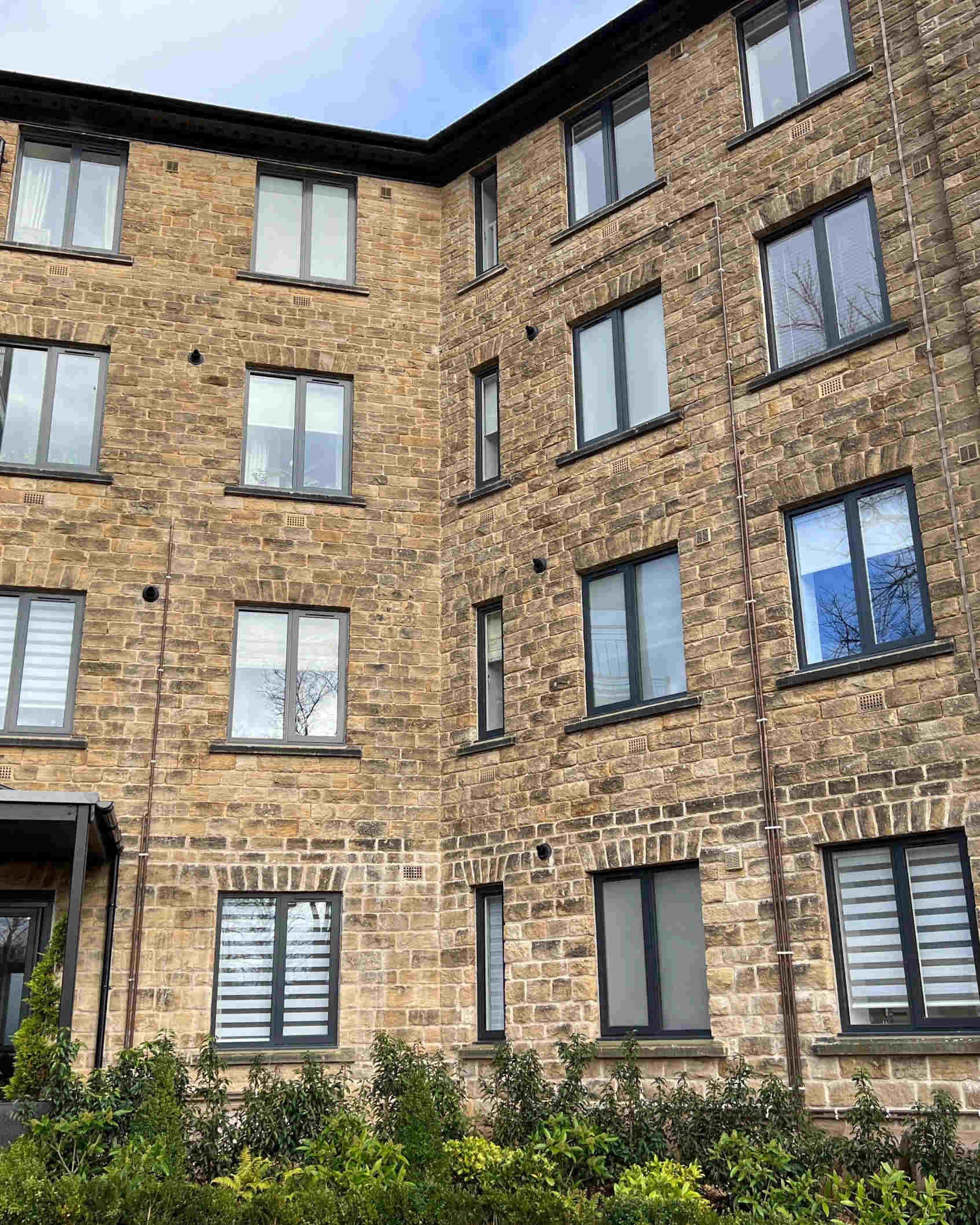Dry stone walling, as seen around the UK, was traditionally used to mark field and landowner boundaries, however these days we are using them more and more for garden landscaping, property boundaries, and even for external walls of buildings.
Dry Stone walling is a natural product of the Earth – it doesn’t require other materials or resources to create it and it doesn’t contain any harmful chemicals or toxins – so with sustainability and carbon footprints in the forefront of everyone’s minds at the moment, natural dry stone walls are the perfect choice. They have a low carbon footprint as they don’t use any CO2 producing mortars or cements, they are easy to maintain, and are 100% recyclable. They also provide homes for small animals, insects, and plants, and are a great place for birds to use as a perch/viewpoint.
Dry stone walls are built in a special way to create a strong structure as well as allowing water to drain through. This reduces the risk of water pooling in the wall and potentially freezing, which would damage the wall. Typically, a boundary wall is built to around 1m high and then topped with coping stones which help hold the wall together. The most common topping stones or copping stones are traditional upright ‘cock and hen’, ‘halfmoon’, or flat stone.
Quite often walls built for garden landscaping have a more formal dressed appearance as seen in the gated entrance above. For this to be achieved, an experienced dry stone wall craftsman will hand dress the stone on site and lay it to create a more uniform appearance.
Whether you choose a traditional or formal appearance you have to agree that a dry stone wall is a thing of beauty
If you need assistance,
please email us at info@britanniastone.co.uk, Whatsapp: 07435516667 or
call us on 0114 321 7890
to contact a member of our team.
We also stock a wide range of Building Stone, Masonry Stone, and bespoke stone
suitable for exterior applications.
Feel free to explore our website or contact us for personalized recommendations







